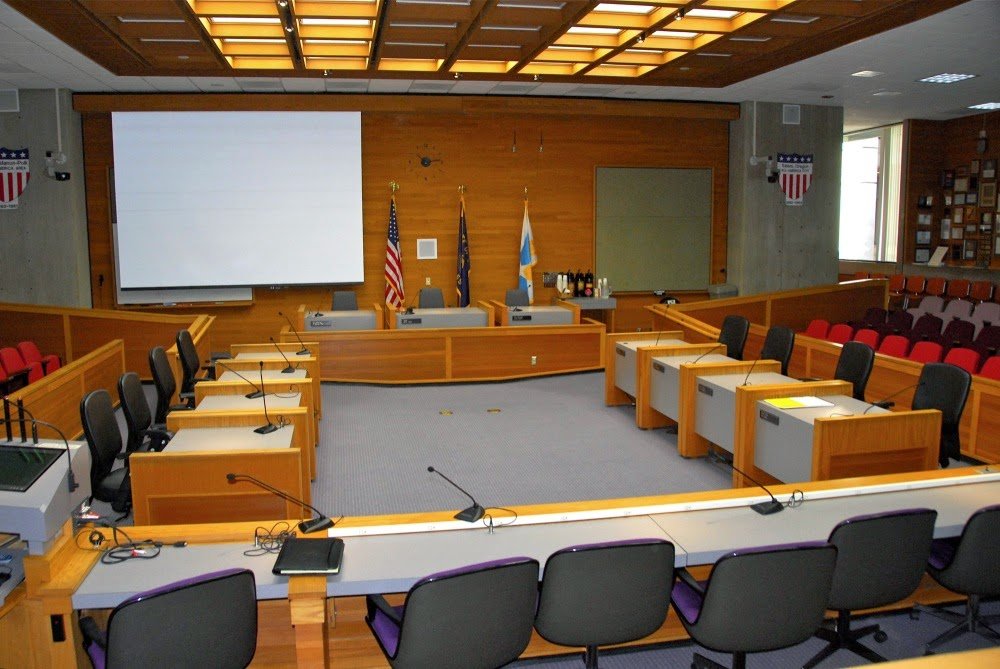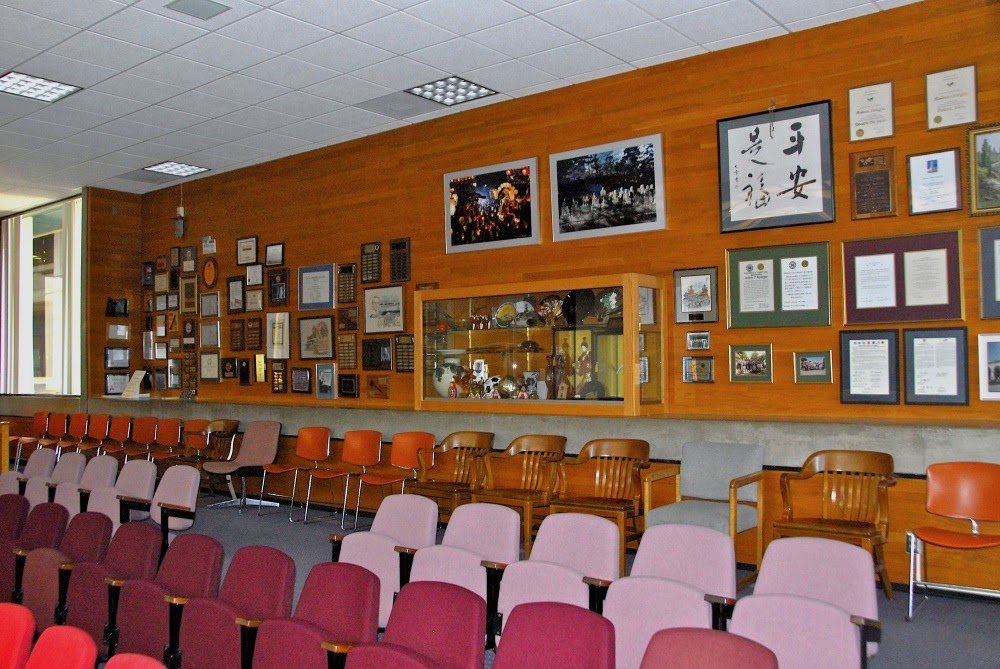World Events
- Iraq’s known biological warfare resources are destroyed as part of the UNSCOM supervision, but many sites are not opened for inspection.
- Palestinian and Israeli governments recognize the existence of each.
- President Bill Clinton signs the Comprehensive Nuclear-Test-Ban at the UN and the Electronic Freedom of Information Act Amendments.
- After 35 people are killed in Port Arthur, Australia, the government bans private possession of automatic and semi-automatic rifles, offering a buy-back program. ( No Australian mass killing for 20+ years.)
- In Montana, the “Unabomber” who engaged in mail bombing for nearly 20 years, killing three people and injuring 23 others, is arrested. At Centennial Olympic Park in Atlanta, a bombing kills 1 and injures 111.
- An E Coli strain of infection kills 6,000 people in Japan.
- Amber Hagerman, 9 -year old murder victim, becomes the namesake of the Amber Alert System. 6-year old JonBenet Ramsay is found murdered: a case that remains unsolved.
- In Chicago, after a 3 year-old boy falls into a deep gorilla enclosure, a female gorilla, Binti Jua, sits with the injured boy until his rescue.
- “Toy Story” is first computer animated, feature film. Academy Awards:”The English Patient” (US) “Kolya” (Czech Republic). Prize-winning Books: Ship Fever and Other Stories, Andrea Barrett and Independence Day, Richard Ford.
In Salem
This year the residents adopted a new Charter. The charter establishes a form of city government and functions much like the Constitution. The Territorial Legislature of Oregon granted Salem’s first charter in 1957 and the Oregon State Legislature granted the city’s charter under statehood in 1860, after a three-year political struggle. One of the most vocal opponents was Asahel Bush, publisher of the Salem’s Oregon Statesman newspaper. The Legislative charter was amended many times over the next 136 years. Meanwhile, the citizens adopted the “Home Rule” amendment to the state constitution, making it possible for local voters to charter their own city.amen to state made it possible for a city to obtain a Home Rule Charter that could be adopted by the voters of the community. Salem finally adopted a Home Rule charter in 1996. The charter, however, did not fundamentally alter the city’s form of government. The elected Mayor and Council, who serve without pay, appoint the City Manager. The City Manager hires (and can discharge) the other salaried staff members.
Our city government meets in the Council Chamber of the Civic Center, seen above. The large screen, which can be rolled up, is used for Power Point presentations by speakers who stand at the podium to the left foreground (or one out of sight to the right). In the front of the chamber are three seats. From left: the City Attorney, to make sure the legal provisions of the Charter are followed; the Mayor who conducts the meeting, is a Council member-at-large; and the City Manager who is responsible for carrying out the decisions of the Council. To each side sit the Councilors, the legislators, one from each of our eight Wards. The row of seats in the foreground of the photograph is for those Department staff representatives present to give information on an item being considered. During the Budget Sessions, those 9 committee members sit here. Where the photographer is standing there is a podium for the Recorder, who keeps an electronic tape of the proceedings, and spaces for media representatives. Seats along each side are for residents and visitors.
When you visit
One of the interesting features of the Chamber is the wall of proclamations, testimonials and gifts to the city. The Chamber meetings are always open to the public and residents are invited to attend. If one wishes to speak on a subject being discussed, there is a sign-up sheet by each entrance and copies of the agenda. Testimony is limited to three minutes, but councilors may ask questions, giving an opportunity to extend the conversation as needed. The meetings are conducted in a friendly, congenial manner and everyone is welcome. They are held at 6:30 on the second and fourth Mondays of the month. The meetings are also broadcast on CCTV.
Other events
- Mike Swaim is elected as Mayor and will hold the office until 2002. Asked about his goals for Salem, he replied: “What would I wish for our community, if I can motivate both the people and our elected representatives? It would be nothing less than what drew me, and probably you, to Salem to begin with: a community where open space is in abundance; where there is plenty of clean water for both people and industry; where history is valued; where crime is managed within tolerable limits; where the quality of life in each of our neighborhoods is elevated above expediency; where youth are supported; and where every member in the community is valued on the basis of the content of their character.”
- A flood this year brought the Willamette River to a height of 35.9 feet, causing water damage to structures along the shoreline, and especially to residences in Keizer. Previous high water measurements were in 1964 (37.7′), 1880 (43.3′), 1890 (45.1′) and both 1891 and 1861 (47.’) High water in Mill Creek created major erosion n the North Santiam River that affected Salem’s water supply for several months. Volunteers saved the new West Salem Branch Library by hastily boxing up books and equipment, and loading them into two large moving vans that moved to higher ground. The flood waters temporarily reached as much as three feet above the floor level of the library.
- The first phase of Riverfront Park opened on 23 acres in the Riverfront Downtown Urban Renewal Area along the east side of the Willamette River (not during the flood, fortunately). This was former industrial property owned by Boise Cascade.
- Salem’s roots in the lumber and textile industries gradually gave way to high technology. In 1989, Siltec, a computer chip manufacturer, established a facility. By 1996, the facility had grown to more than one million square feet of manufacturing and had been renamed Mitsubishi Silicon America.
- Salem residents had their first opportunity to vote-by-mail for federal elections.
- During the 1996-97 school year a second courtyard at Waldo Middle School continued an earlier transformation in landscaping. Wes Niemela and a group of students and staff had worked for two years to collect plants from the forests around Salem and from Mr. Niemela’s garden. The courtyard garden is still a centerpiece of the school. This year, science teacher Mike Weddle and the Roots and Shoots/Leo Club are responsible for creating a second native Oregon species courtyard complete with a pond, waterfall, native Oregon trees, plants, and animals.



One Comment